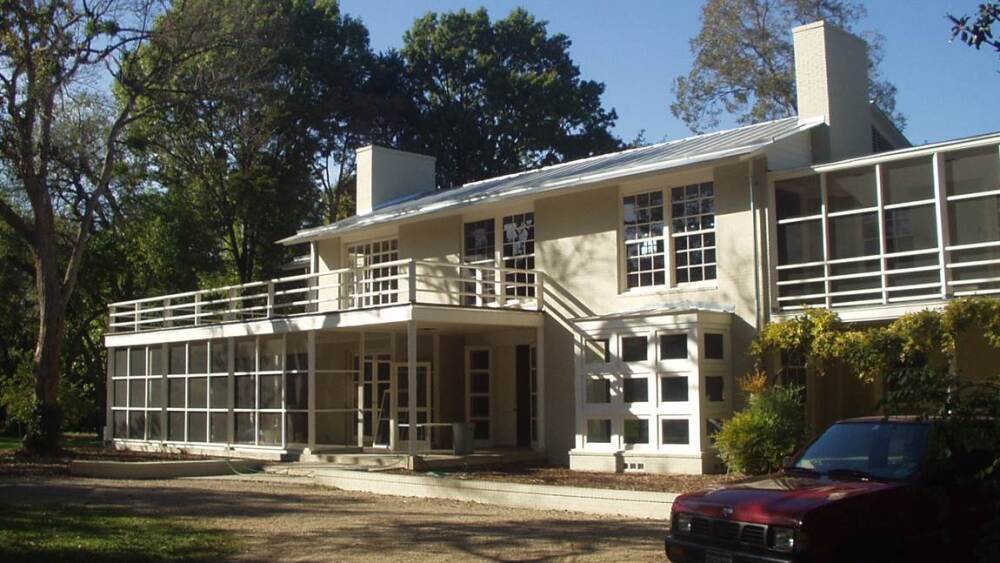Cowtown has had some pretty big architectural giants — Sanguinet and Staats and Wyatt Hedrick to name a few — but have you heard of Barbara Friedman? Even without fame, this dame of design had a bigger impact on Fort Worth than you might realize.
Early life
Barbara Friedman was born in 1914 in Detroit and moved to Fort Worth with her father a few years later. If the name Friedman rings a bell, that’s because her younger half-brother, Bayard Harry Friedman, was a prominent member of the community, serving as Fort Worth’s youngest mayor in 1963 at just 36 years old.
Barbara graduated from W.C. Stripling High School in 1931 and studied architecture at the University of Texas at Austin from 1932 to 1934, during which one of her designs was exhibited by the Texas Fine Arts Association. She returned to Fort Worth in 1936 with her husband Phillip Tocker and ran her own architectural practice as Barbara Tocker for six years.
Career highlights
In 1937, the Texas Legislature established the Texas Board of Architectural Examiners to regulate the practice. Barbara was the second licensed female architect in the state (No. 394 overall), following Louise E. Gottschalk from San Antonio.
Barbara helped charter the Texas Society of Architects in 1939 and joined the American Institute of Architects in 1946.

Barbara’s Texas Modern designs were similar to O’Neil Ford’s 1939 Bromberg Patterson house.
Photo courtesy of the City of Dallas
Designs
While most of Barbara’s projects are no longer standing, her residential work comprised of early Texas Modern Regional architecture, a forerunner of ranch-style homes.
The style, usually attributed to Dallas’ David Williams and San Antonio’s O’Neil Ford, combined elements of Texas folk architecture and local materials with layouts that maximized cross ventilation in a time before air conditioning was readily available.
Some of her notable works include
- A 1938 house on Jacksboro Highway for William Lourcey
- A 1938 house on Halloran Street for herself
- A 1939 house on Glenco Terrace for Agnes and William Stevens
Barbara worked primarily as an artist and art coordinator after the 1950s and died in 2014 at 100 years old.











